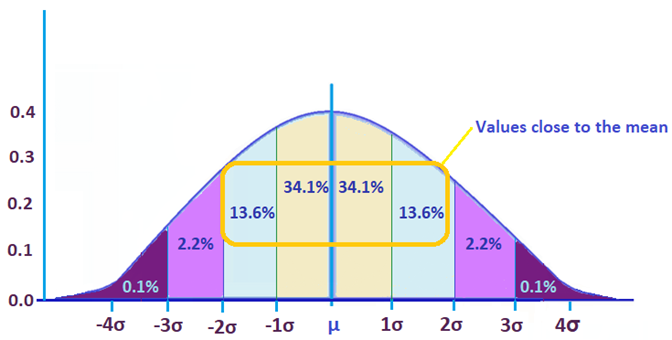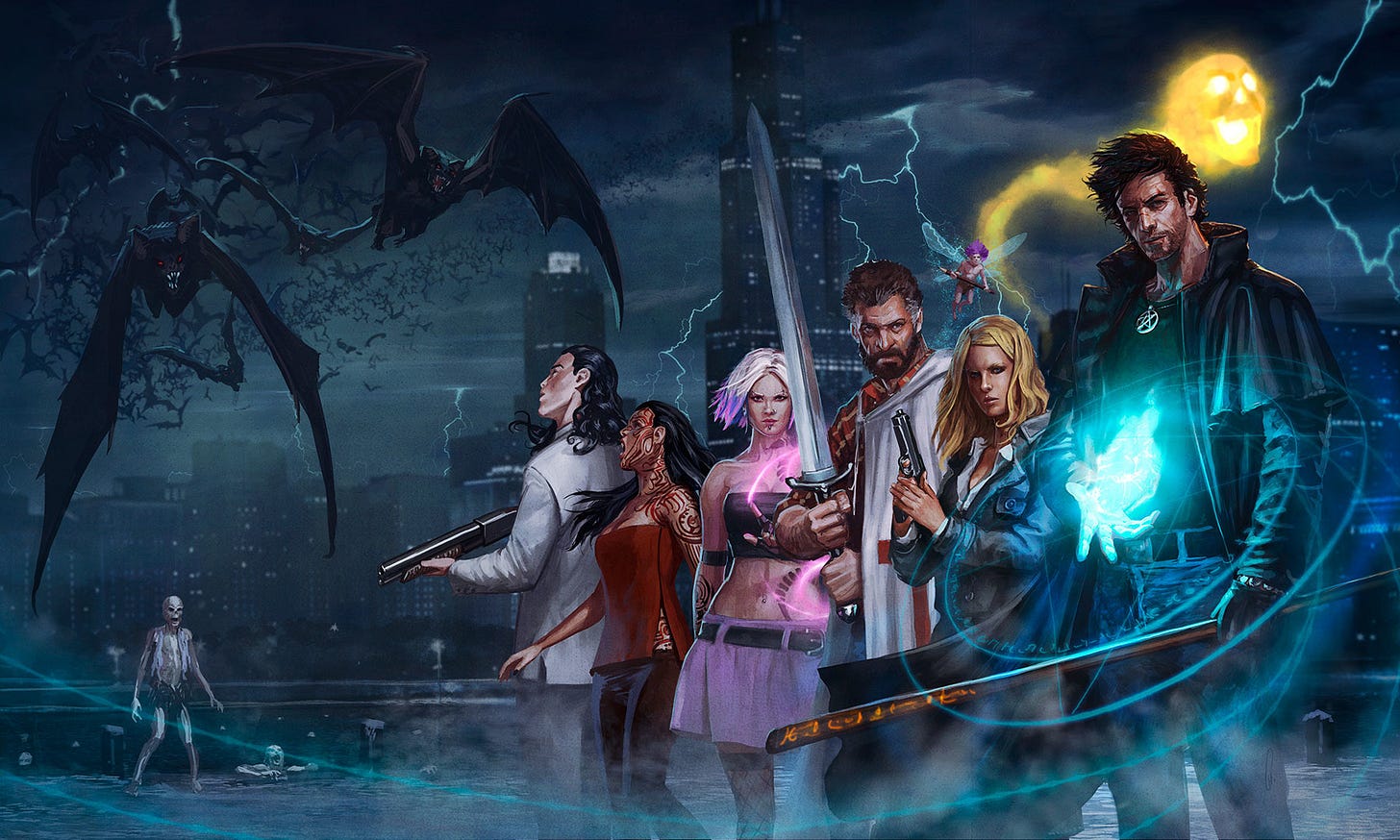
Get unblocked at Craft Con
Join us Thursday, Nov. 20 and Friday Nov. 21 for Craft Con, a free two-day virtual summit made by authors for authors. You’ll hear from bestselling authors who’ve been in the trenches, facing every kind of writing block, from losing momentum and getting tangled in the messy middle to doubting their own talent, and the strategies they used to break through and become successful.
All registrants will also receive a Blockbreaker Digital Bundle for free, packed with tools and ebooks from our speakers to crush your own writing blocks!
If you’re:
stuck halfway through your story
struggling to find time to write
sitting on an idea for a story but aren’t sure how to start
or just need a creative reset before the new year
...this summit is for you.
Hi,
I love writing very weird books, but weird books don’t tend to sell…except, they also kind of do when people resonate with them, right? So, how do you actually make your weird book work, like Babel, instead of fall flat?
Every writer has a center of gravity where they feel comfortable writing, and so does every audience. Unfortunately, over time most writers “outgrow” their center of gravity and want to start writing other things.
People say they “outgrow their audience” but I think that’s rude and reductive. You just want to write about other things, and you want those people who love your book to also want to read those books.
The only people who “outgrow books” are children, and even then they will often come back to them as adults when they have their own children.
Sometimes, those new ideas are so off kilter that it means starting a new pen name, but often it’s possible to bring your existing audience along for the ride, as long as you don’t move too far too quickly.
You can literally watch Bruce Springstein wrestle with this for two hours in Deliver Me from Nowhere and it worked out pretty okay for “The Boss”.
When I’m considering a book, I always look at it through two lens. First, as a writer. Then, as a publisher. Even as mainly a self-publisher, my books have to fit inside my own brand if I want to publish them.
Otherwise, they are going to tank, as evidenced by Vengeance, my most “to market” book ever that I didn’t even sell 50 copies of at launch.
With a big project, I have to present my marketing plan to my wife just like I would an editorial board and get her to sign off before I get started. This allows me to understand the scope and expectations of a project.
It’s not that I can’t launch something else, but I’m not going to devote a lot of resources to something that isn’t “core brand” with a good chance of succeeding.
When I’m wearing my publisher hat, I look for whether an idea sits within two standard deviations of what my readers already know and accept. Mathematically, it looks like this right here.
In maths, 95% of all data falls within two standard deviations of drop dead center, which in this case is the center of the market for any specific readership.
For our purposes, it doesn’t have to be quite this precise, but my rule is that at least 85% of the book has to be something the existing readership already knows.
Whatever the genre, I have to mostly use tropes, characters, and scenarios that audience knows well already. If I’m writing a “fan-service” book for my audience, then it means my audience has to know 85% of the things I’m writing about from reading my work.
Then, I can use up to 15% new material that audience doesn’t understand yet. This might be adding something like quantum physics to a fantasy book or a spine-tingling thriller to a romantic comedy.
I tend to think it means no more than two to three new elements every book that readers of the genre won’t immediately recognize.
This is why I think series are wonderful for weird writers. Once you build the “normal” onboarding books, you can do some really wild things.
To do this yourself, start with a main, popular genre.
Then, chart how many new things your series has that defy the expectations from that genre. If it’s six, then you’ll need at least two-three books to get there. If it’s ten, then you’ll probably need closer to five.
This is true with your audience, too. If you want your audience to follow you, then think about how many new things that are outside the current scope of your work does your reader need to know in order to love this series. Once you know that, then you do the same work as above.
If you can stay inside that 85% band, readers feel adventurous. Outside it, they feel betrayed or confused.
In my first signature series, the opening book I wrote was simply too far from the norm for my market to even try selling it broadly. It was a post-apocalyptic fantasy that jumps 10,000 years after the first third and brings in about a dozen different mythologies, many of which fantasy readers aren’t intimately familar.
People who read the book, loved it, but it wasn’t mass market enough to get people to give it a try.
The fix wasn’t to water it down. It was to write four books that started near the market’s center and then, step by step, brought readers to the wilder thing I truly wanted to deliver. It worked and completely rejuvenated that whole brand.
I call this The Dresden Files paradox. The first book of that series is pretty standard urban fantasy, but by the time you’re several books in he’s riding a dinosaur through downtown like a gunslinger.
Those later books are wild, but you have to ease people into the weirdness. The same is true with Brandon Sanderson. I loved Tress of the Emerald Sea, as did all the people I know who love his work, but lots of people hated it because it was so weird.
That book started on Kickstarter, though. It was for fans of the Cosmere and funded by fans of the Cosmere. It was never meant to give people an easy entry into the universe.
This also means you can write a “bomb”, that still serves a really important purpose. Namely, to bridge the gap between where readers are and where you need them to be to understand where you’re going next.
Think of it the way Bob Dylan moved from folk to rock. He didn’t wake up and release the loudest thing on earth to an unsuspecting audience. He eased them across—album by album, setlist by setlist—until the new sound felt inevitable, slowly dragging his old fans along for the ride while picking up new ones on the journey.
By the way, this is even true with non-fiction. My first book in The Author Stack series was about building a creative career, then becoming a successful author. By book 4, were were onto talking about capitalism and book nine was about how to fix the broken publishing landscape.
All of that was done in service to Hapitalist, my membership program, and my 11th book will be about how to be happy and a successful writer at the same time, which is my thesis statement for life, and wildly different from the first book.
I could never have done that in the first book because the publishing industry wasn’t ready for it. After talking about the same topics for 15 years, watching the industry evolve, and building an audience of 46,000 people, only now can I even hope to start talking about this stuff.
You don’t owe readers sameness, but you do owe them clarity. Teach your audience how to read you as you grow. Build the on‑ramps. Make the handrails sturdy. Then, lead them somewhere worth the trip.
Do you have any ideas like this that have been perculating? Let us know in the comments.
There are over 600 exclusive posts available behind the paywall, including tons of interviews, courses, books, and more to help you on your author growth journey.
As a Hapitalist, you’ll get access to all my most powerful courses, monthly breakthrough sessions, and a digital brain trained on 6.5+ million words I’ve said or written over the last 15 years.




